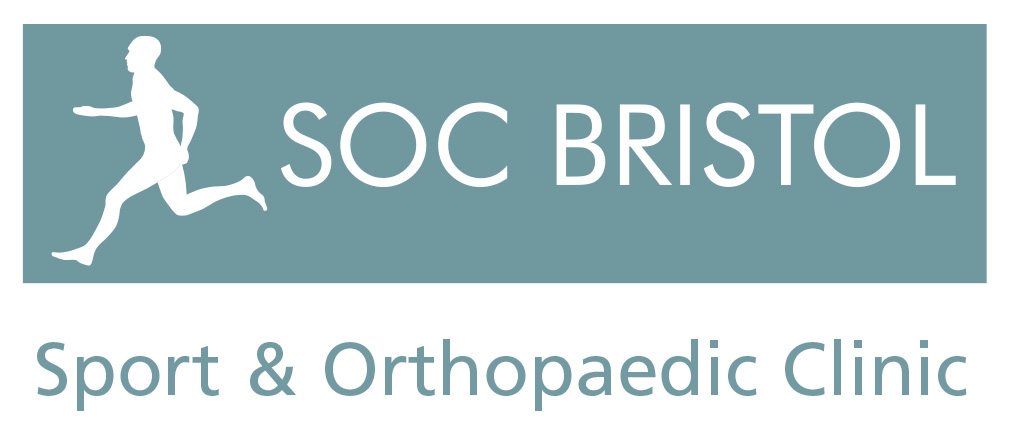Pectoralis Major Repair (Pec Major Repair)
The pectoralis major (pec major) muscle lies at the front of the chest. It is a powerful muscle it is important in contributing to the appearance of the chest and upper arm. Because of the power and structure of the muscle and the increased participation in sports involving weight lifting and training the frequency of pectoralis major (pec major) injuries and in particular tears of the muscle have increased dramatically in recent years.
Link to additional information on pectoralis major (pec major tears).
Tears of the pectoralis major muscle typically require surgical repair.
The purpose of the surgery:
Tears of the pectoralis muscle typically affect the point of attachment of the muscle to the upper arm. The aim of the surgery is to re-attach the tendon and muscle to the bone and restore the anatomy allowing the muscle to function. Surgical repair is considered the treatment of choice particularly in those who wish to return to competitive or recreational athletic activities.
Alternative treatment options:
Pectoralis muscle tears may be managed with rehabilitation in an attempt to optimise the remaining muscle function. However, if the tendon is torn the outcome is likely to be better with surgical treatment. The results of surgery are themselves better if undertaken within 6 weeks of injury.
Anaesthetic:
The surgery is typically undertaken with the patient asleep with local anaesthetic in the region of the wound to reduce discomfort.
Incision and Dressings:
An incision approximately 5cm long is made over the front of the shoulder. At the end of the procedure the wound is typically closed with an absorbable suture under the skin. Paper Butterfly Stitches (SteriStripsTM) are usually used and the wound covered with padding and a splash proof OpsiteTM dressing.
Procedure:
The pectoralis muscle typically tears by the tendon becoming detached from the humerus or upper arm. The operation involves identifying the type and location of the tear and securing the torn tendon to the humerus from where it became detached. This can be achieved in a variety of ways. Once the tendon has been secured to the bone, the wound is closed in layers with absorbable sutures to the skin.
Rehabilitation:
Following surgery the arm is immobilised in a PolyslingTM. The sling is typically worn for a period of 4 to 6 weeks. A gradual and progressive rehabilitation program is pursued under the supervision of a physiotherapist. The aim of the rehabilitation is to increase the range of movement over the first 6 to 16 weeks and strength between 12 and 26 weeks, to allow a return to sport and full activities by approximately 6 months post surgery.
Admission and discharge:
You will normally be admitted on the day of surgery and it may be possible to go home the same day or the next day.
Risks associated with the operation:
All operations are associated with a degree of risk but significant complications associated with a pectoralis major (pec major) repair are uncommon. The following risks are those that are serious or most commonly reported in the literature.
Infection (<1%).
Infection in shoulder surgery is uncommon. If an infection were to develop it is typically a superficial infection, which can be treated with oral antibiotics. Rarely does an infection develop that requires re-admission to hospital and surgery to wash the infection out.
Anaesthetic Risks
Anaestheic complications are rare but include Heart Attack (Myocardial Infarction, MI), Stroke (Cerbero-Vascular Accident, CVA) and a clot in the leg (Deep Vein Thrombosis, DVT) or lungs (Pulmonary Embolus, PE).
Damage to nerve or blood vessels (Neuro-Vascular Damage) (<1%).
Damage to nerves or blood vessels are rare. Damage to the axillary nerve may occur. Damage to this nerve may result in weakness and difficulty bringing the arm out to the side (abduction).
Stiffness.
After the surgery and a period of immobilisation the shoulder is likely to be stiff. This stiffness should improve with time and graduated rehabilitation. Initial stiffness may be protective of the repair. Rarely persistent stiffness requires treatment.
Recurrence or Re-rupture
Once the tendon is healed re-rupture is uncommon but remains a risk particularly with certain activities, such as forced bench-press. There is also a risk of rupture of the opposite pectoralis major (pec major) tendon independent of the treatment considered.
Further surgery (Re-operation)
Further surgery is unlikely to be necessary. Re-ruptures are uncommon but could require further intervention.

